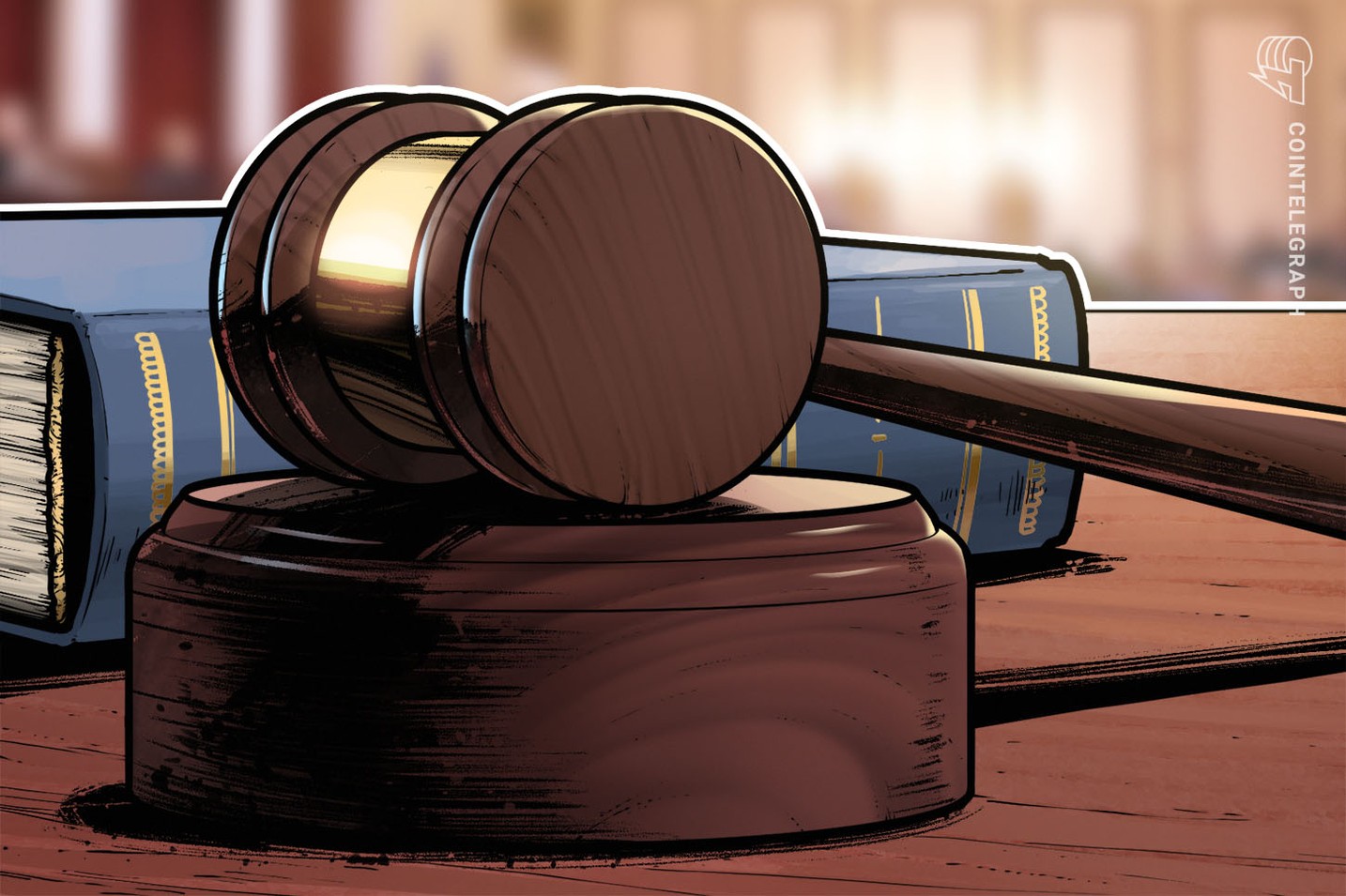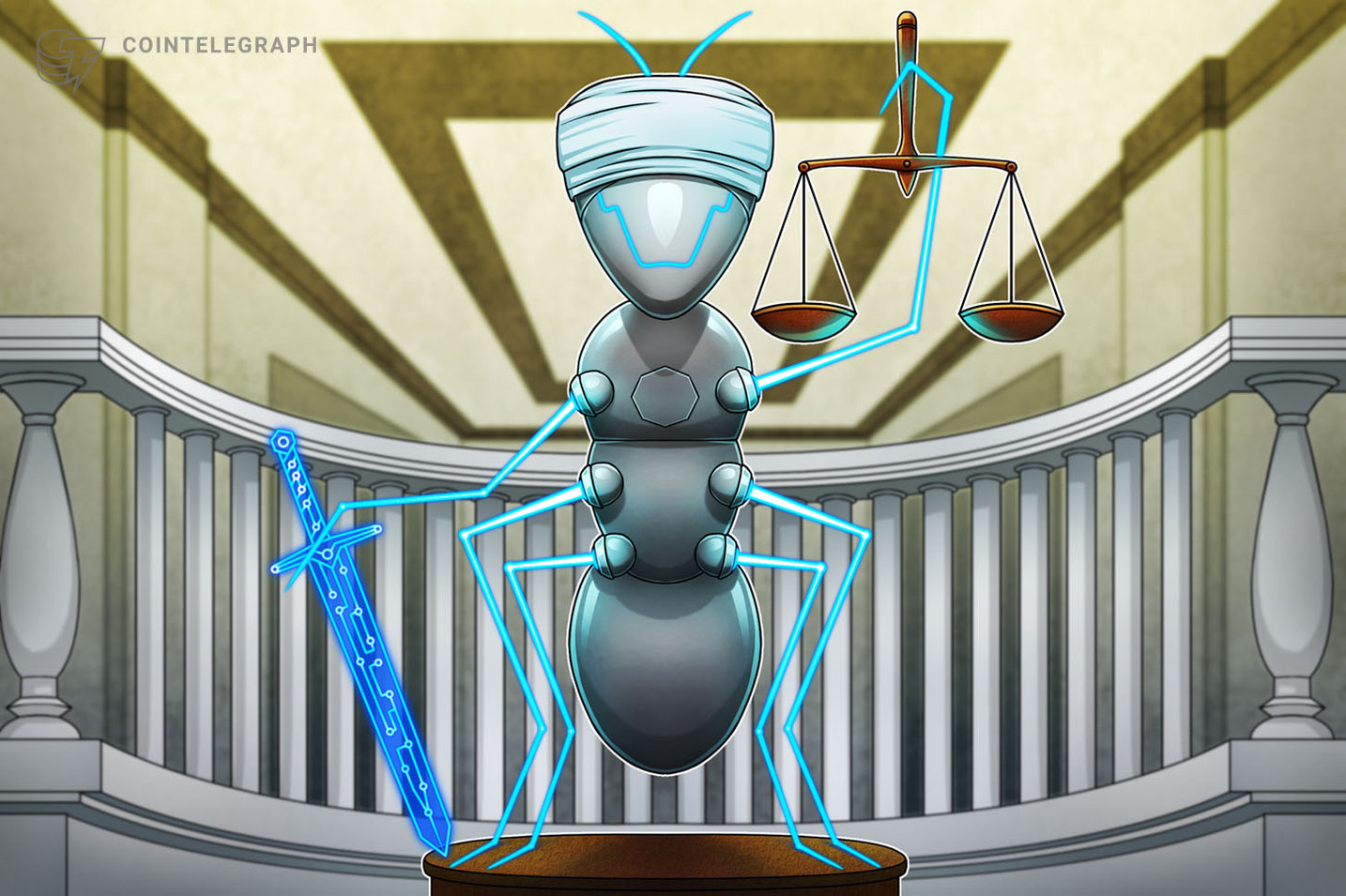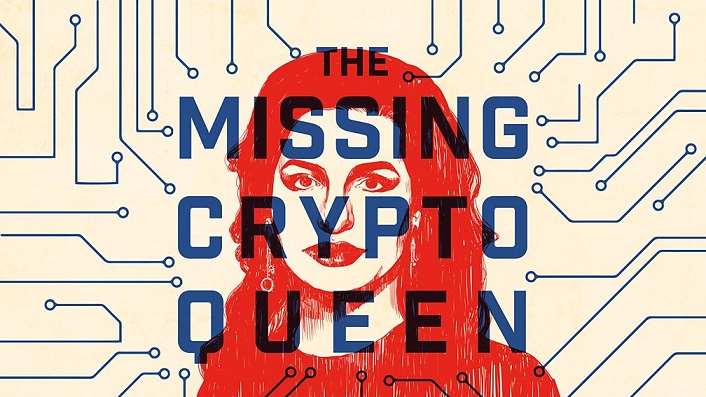Good news! Since OneCoin is back on the news and “The Missing Cryptoqueen” already released an 11th episode, proving that they’re back for real, we’re going to double down on our efforts. Starting today, we’ll summarize two episodes a week to catch up with the new developments in Dr. Ruja’s case. We hit the nail on the head on this one, and there’s nothing left to do but let the roulette roll and see where the OneCoin story takes us.
In this episode, we learn that OneCoin’s internal slogan was “the greatest company ever” and Jamie Bartlett travels to Sofia, Bulgaria, to look at Dr. Ruja’s properties. This episode is free of mafia insinuations, it deals with the cultic aspects of OneCoin’s entrepreneurial culture instead. We’re also able to put a number on how big of a scam OneCoin really was. SPOILER ALERT: It was at least €4B big.
Remember, you can download episodes directly from the BBC, or listen to “The Missing Cryptoqueen” through Apple, Spotify, or iVoox.
About OneCoin And “The Missing Cryptoqueen’s” Episode Three
The most exciting thing about “The Missing Cryptoqueen” is the sense of immediacy it conveys. It’s a living and breathing podcast. The story was happening all around Jamie Bartlett and the team. The OneCoin people react to “The Missing Cryptoqueen’s” creation and, through social media, attack the creators with everything they have. And the whole scene is part of the podcast. And this is just episode three. In the end, they even ask for the audience to call and tip them about Dr. Ruja’s whereabouts.
This episode starts with Konstantin Ignatov, Dr. Ruja’s younger brother, personal assistant, and heir to the OneCoin crown. He was arrested by the FBI and charged with money laundering and fraud. The authorities had already declared OneCoin a fraud, even. Surprisingly, when Bartlett and the team visit the OneCoin headquarters, they realize that the company is still “open for business.” People are still buying OneCoin despite the fact that one of their leaders is on the run and the other was arrested.
That leads us to the cult-like aspects of the operation. A faith-like belief justifies the disappearance of the leaders as a conspiracy to stop OneCoin. In the quote below, you will feel the silence while reading the description of the organization’s offices. You’ll feel the Dr. Ruja worship. It’s just one step away from religion and very near a cult. Jamie Bartlett describes OneCoin as “less a cryptocurrency and more like a belief system.” An expert in that field corroborates the hypothesis.
BTC price chart for 10/20/2022 on Bitstamp | Source: BTC/USD on TradingView.com
The Devastation That They Caused
At one point we, once again, listen to Dr. Ruja’s own voice saying the crypto scammers’ slogan. “In two years, no one will talk about bitcoin.” If you ever hear that, run. In the second episode, we figured out that OneCoin called the critics “haters.” In this one, we learn that the investors and employees are instructed to keep away from them Scientology-style. Another surprising fact is that the second term OneCoin uses the most to describe its critics is “bitcoiner.” Those pesky bitcoiners, always causing trouble.
We learn about the scale of the devastation that Dr. Ruja caused by hearing about the OneCoin Victims Support Group. The victims are broken, they’ve lost everything and then some. We also learn about the scale of the scam by way of a report/ database that producer Georgia Catt got her hands on. From all over the world, the organization was getting €60M a week. From August 2014 to March 2017, OneCoin’s revenue was over €4B. Over €100M were from the UK alone. And that’s where the report stops, the organization was still making money left and right.
Quotes From “The Missing Cryptoqueen ’s” Episode Three – “More Than Just A Coin”
An anonymous witness describing the OneCoin offices:
“At its peak, it was about 50 people working in the Sofia office. Ruja’s office is on the 4th floor. You never saw her without the gypsy earrings, the gowns, the jewelry, everything. Even when she’s just working in the office. Inside the Sofia office, the crypto center is where members of the OneLife network are allowed to meet members of the Sofia staff who are important. If you are out of favor, they won’t let you in, or they’ll keep you sitting there the whole day, waiting.
It’s set up almost like a cathedral. You don’t speak out loud, you whisper to each other. It’s all set in dark tones, everything is gilded. There was a big cardboard cutout of Ruja. You see people touching it and doing that stupid OneCoin sign like it’s an icon. It’s gone now because it eventually fell apart because too many people were touching it. Dr. Ruja! Dr. Ruja! The biggest insult that you can give OneLife is to say: “that’s not Dr. Ruja’s vision.”
Bitcoin-enthusiast Timothy Curry, describing the cult of personality behind Dr. Ruja:
“There were many cultish things that the company did. The repetitive indoctrination. If you look at the top leaders, the way they dress, the way that they showed things off. Ceremonial things, almost like, especially on stage. Everything, from the musical introductions to Ruja, to the theatrics, they really did create a worship behind her.”
OneCoin Material And Episode Credits
Six years ago, while OneCoin conquered the world, NewsBTC quoted the infamous Roger Ver speaking on the case. Then known as a “bitcoin evangelist,” the controversial figure denounced OneCoin for what it is:
“In a recent interview, the owner of Bitcoin.com says he believes OneCoin is a fraud, and that investors should always be wary of new coins and read up before they put their money in things they don’t understand:
“There is never a cryptocurrency without a wallet. This sounds like more evidence of its fraudulent nature. OneCoin isn’t traded on a single exchange anywhere in the world as far as I know.”
OneCoin has been around for over two years, but questions surrounding its authenticity continue to plague the Internet.”
Say what you will about Roger Ver, but the man was right on the money on this one.
And finally, the episode’s credits:
Presenter: Jamie Bartlett
Producer: Georgia Catt
Story consultant: Chris Berube
Editor: Philip Sellars
Original music and sound design: Phil Channell
Original music and vocals: Dessislava Stefanova and the London Bulgarian Choir
Previous Companion Guides For BBC’s “The Missing Cryptoqueen” Podcast:
Ep. 01 – https://www.newsbtc.com/news/bitcoin/ep01-dr-ruja-companion-guide-for-bbcs-the-missing-cryptoqueen-podcast/
Ep. 02 – https://www.newsbtc.com/news/bitcoin/ep02-btc-killer-companion-guide-for-bbcs-the-missing-cryptoqueen-podcast/
Featured Image: The Missing Cryptoqueen podcast logo from the BBC | Charts by TradingView













 (@MarkDavidLamb)
(@MarkDavidLamb) 


